Exploring the Beauty and Significance of Tswana Traditional Attire 2024
Exploring the Beauty and Significance of Tswana Traditional Attire 2024
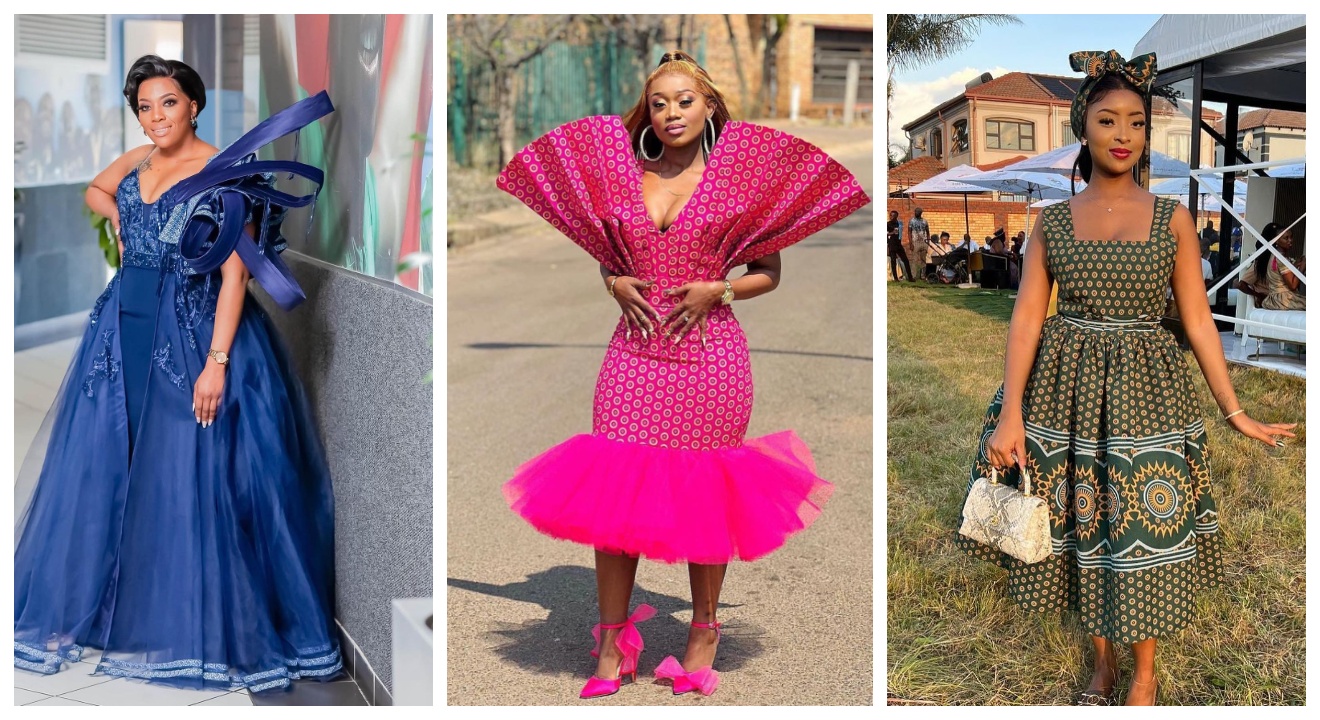
Exploring the Beauty and Significance of Tswana Traditional Attire
The significance of Tswana traditional attire in African culture
Tswana traditional attire holds immense significance in African culture, particularly among the Tswana people of Southern Africa. It is a reflection of their rich heritage and serves as a powerful symbol of identity and cultural pride. The attire is often worn during special occasions such as weddings, initiation ceremonies, and cultural festivals. It not only showcases the unique craftsmanship and artistry of the Tswana people but also reinforces the importance of preserving their traditions for future generations.

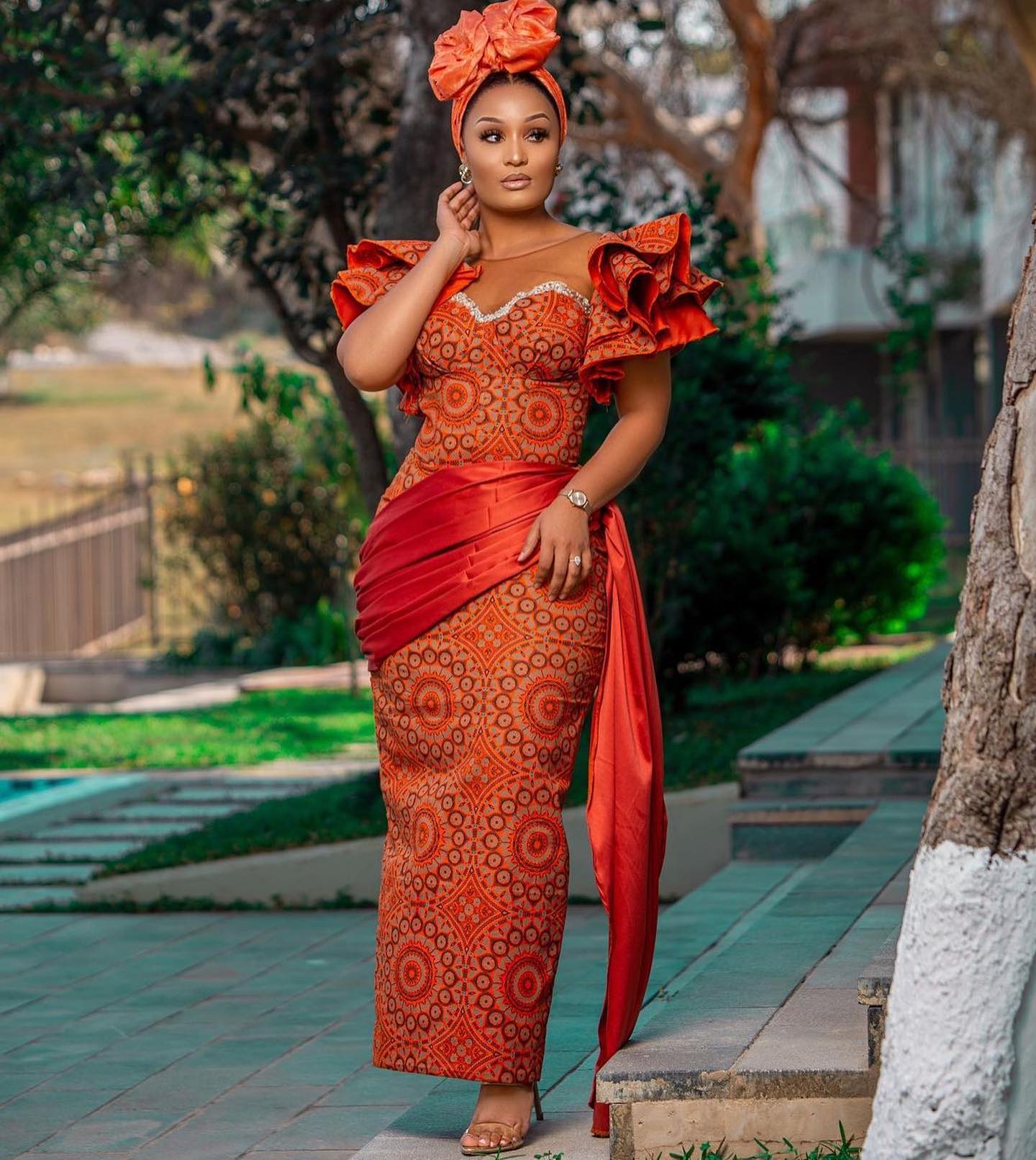

The evolution and importance of Tswana traditional attire
Over the years, Tswana traditional attire has evolved and adapted to contemporary fashion trends while still maintaining its essence. This fusion of tradition and modernity has allowed the attire to remain relevant and appealing to a wider audience. The importance of Tswana traditional attire extends beyond fashion trends, as it plays a crucial role in fostering a sense of unity within the community. Wearing this attire signifies belonging and solidarity, creating a strong bond among the Tswana people.
As we explore the beauty and significance of Tswana traditional attire, we are reminded of the importance of embracing and celebrating our cultural heritage. By preserving and promoting traditional attire, we honor the legacy of our ancestors and contribute to the cultural diversity that makes Africa so vibrant and unique.
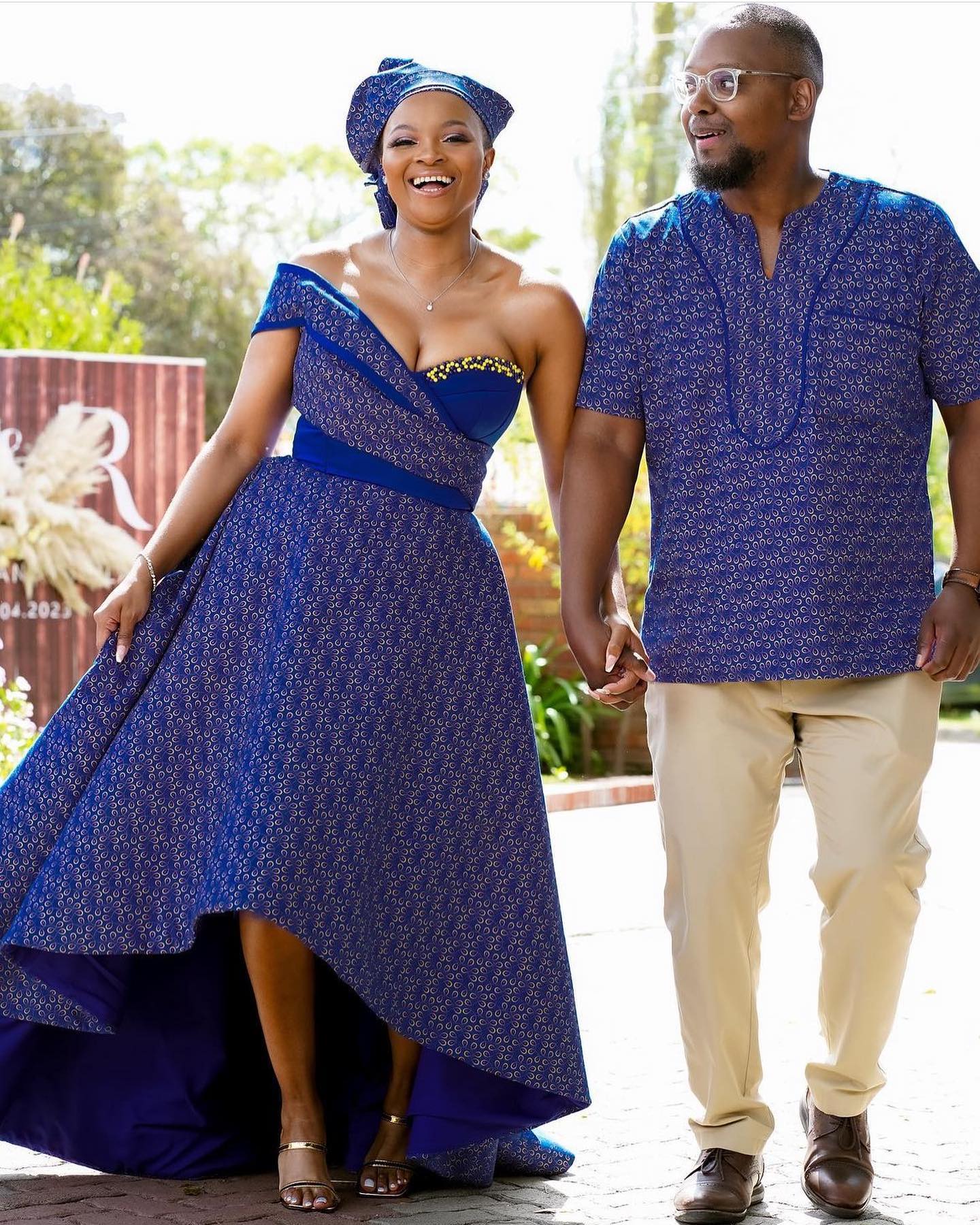
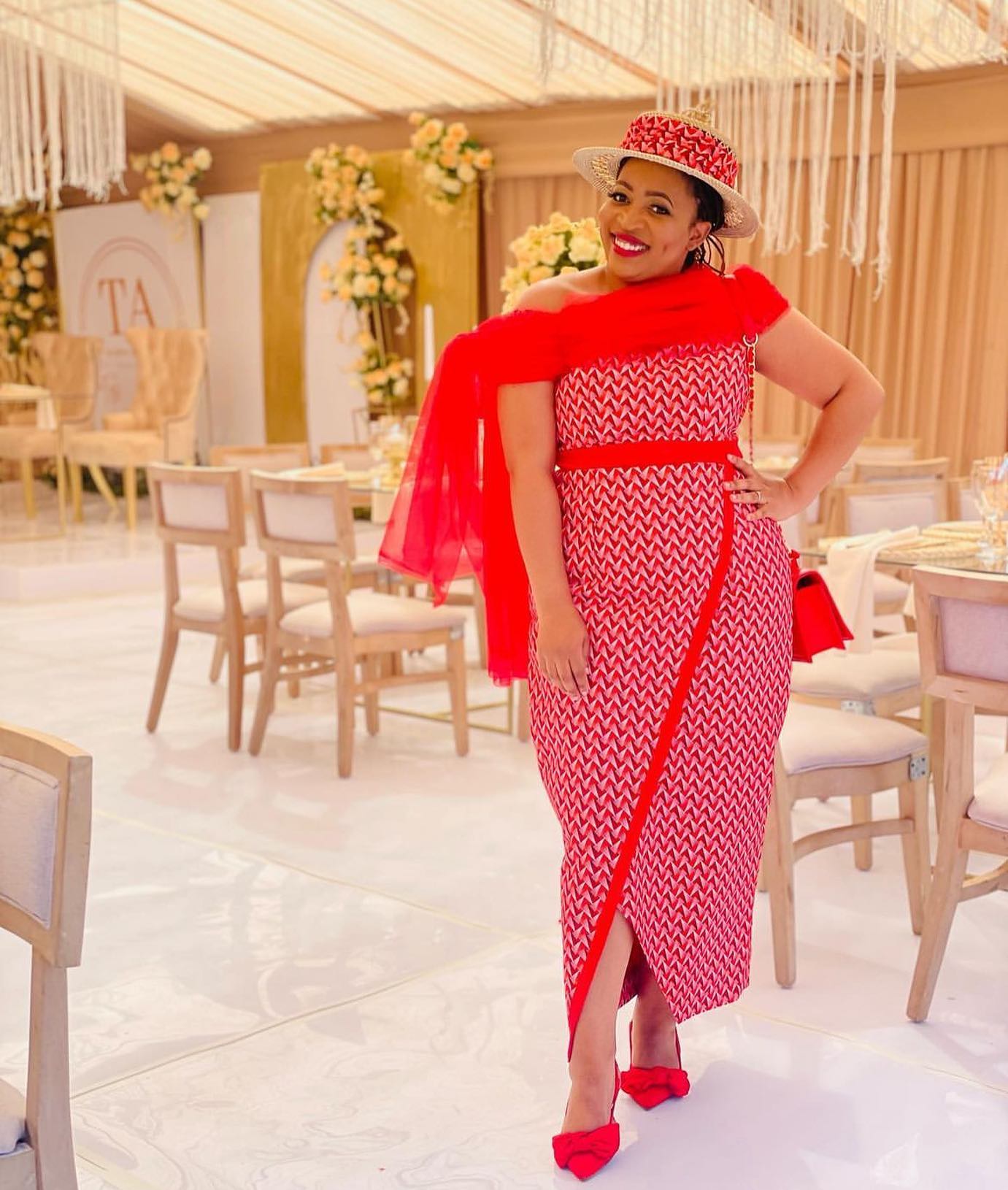
Traditional Tswana Attire for Men
The different elements of traditional Tswana attire for men.
Traditional Tswana attire for men is a manifestation of their cultural heritage and pride. It typically consists of various elements that combine to create a distinctive and visually striking ensemble. One of the key components is the lebollo, a beautifully crafted hat adorned with intricate beading and feathers. This hat symbolizes maturity and wisdom. Another essential element is the kaross, a thick animal skin cloak that provides warmth and protection during colder seasons. The kaross is often intricately decorated with patterns and motifs that represent ancestral beliefs and traditions. Men also wear a traditional skirt called a mokgabi, which is typically made from cowhide or other animal skins. This garment signifies masculinity and strength. To complete the attire, men often wear sandals or leather shoes made from animal hides.
The cultural significance and symbolism of Tswana attire for men.
Traditional Tswana attire for men holds deep cultural significance and symbolism. Each element and design choice carries a message that reflects the values and beliefs of the Tswana people. The lebollo hat, for example, represents wisdom and respect for elders. By wearing it, men pay homage to their ancestors and embrace the importance of wisdom in their lives. The kaross serves as a symbol of protection and connection to nature, as it is crafted from animal skins. It also highlights the Tswana people’s close relationship with the environment and their role as custodians of nature. The mokgabi skirt embodies masculinity and serves as a reminder of the strength and resilience of Tswana men. Overall, traditional Tswana attire for men is not just a fashion statement; it is a powerful expression of cultural identity and heritage.
Traditional Tswana Attire for Women
The components and styles of traditional Tswana attire for women.
Traditional Tswana attire for women is a reflection of their cultural heritage and embodies the elegance and grace of the Tswana people. It consists of various components and styles that accentuate their femininity and celebrate their identity. One of the key elements is the traditional dress known as the Seana Marena. This dress is made from vibrant and colorful fabrics such as shweshwe or wax print, and it is characterized by its flared skirt and fitted bodice. The Seana Marena often features intricate embroidery and beadwork, adding a touch of artistry and craftsmanship. Women also wear a head wrap called a tukwi. The tukwi is an essential accessory that completes the traditional Tswana look, and it can be styled in various ways to showcase individuality and personal taste.
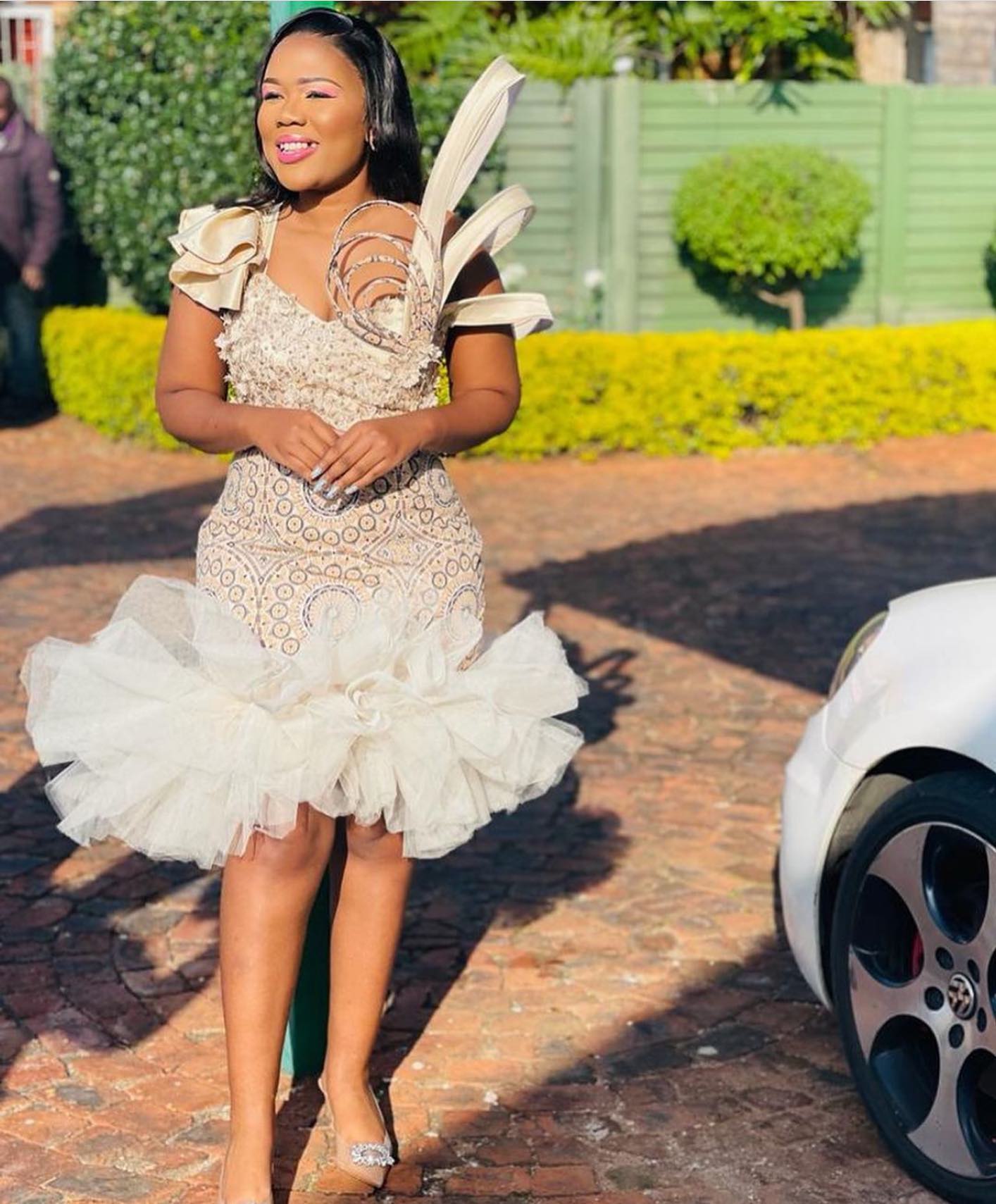


The cultural significance and empowerment through Tswana attire for women.
Traditional Tswana attire for women holds great cultural significance and serves as a symbol of empowerment and pride. Each component of the attire tells a story and contributes to the overall narrative of the Tswana culture. The Seana Marena, with its vibrant colors and intricate details, represents the celebration of womanhood and femininity. By wearing this dress, Tswana women embrace their heritage and showcase their beauty and strength. The head wrap, or tukwi, not only adds a touch of elegance but also symbolizes wisdom and knowledge. It is a way for Tswana women to honor their ancestors and demonstrate their respect for tradition. By embracing their traditional attire, Tswana women feel a sense of empowerment and connection to their roots, reinforcing their cultural identity and highlighting the importance of preserving their heritage for future generations.

Modern Interpretations and Innovations
Contemporary adaptations of Tswana traditional attire.
The beauty and significance of Tswana traditional attire have not been confined to the past. In recent years, there have been exciting contemporary adaptations that have breathed new life into this rich cultural heritage. Fashion designers and stylists have taken inspiration from the traditional dress, the Seana Marena, and given it a modern twist. The silhouette remains the same, with the flared skirt and fitted bodice, but there are now variations in fabric choices, colors, and embellishments. This allows individuals to express their personal style and gives the attire a fresh and vibrant feel.
Exploring the fusion of traditional and modern fashion trends.
One of the most fascinating aspects of Tswana traditional attire is how it can seamlessly blend with modern fashion trends. Many individuals now incorporate elements of Tswana attire into their everyday outfits. For example, the tukwi, or head wrap, has become a popular accessory among fashion-forward individuals, both within and outside of the Tswana community. It can be styled in various creative ways, adding a touch of elegance and cultural flair to any outfit. This fusion of traditional and modern fashion trends not only keeps the Tswana heritage alive but also showcases the adaptability and versatility of Tswana traditional attire.
Preserving Tswana Traditional Attire
Efforts to protect and promote Tswana traditional attire.
The beauty and significance of Tswana traditional attire have captivated people for generations. Recognizing its cultural value, there have been concerted efforts to protect and promote this rich heritage. Organizations, cultural activists, and even government bodies have been actively involved in preserving Tswana traditional attire. They organize events, exhibitions, and fashion shows to showcase the elegance and intricacy of these garments. By creating platforms for designers and artisans to display their work, they ensure that Tswana traditional attire continues to be appreciated and cherished by present and future generations.


The role of fashion designers and cultural activists in preserving Tswana heritage.
Fashion designers and cultural activists play a crucial role in preserving Tswana traditional attire. They not only draw inspiration from these garments but also incorporate them into their modern designs, ensuring that the essence of Tswana culture is perpetuated. By infusing traditional elements into contemporary fashion trends, they showcase the adaptability and versatility of Tswana traditional attire. Through their creativity and innovation, they encourage a renewed appreciation and understanding of Tswana heritage, ensuring its preservation for years to come. Their efforts are instrumental in keeping the beauty and significance of Tswana traditional attire alive and thriving.
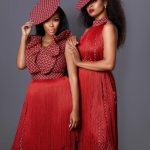


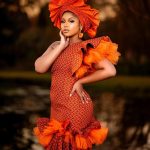








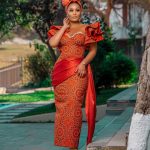
Comments are closed.